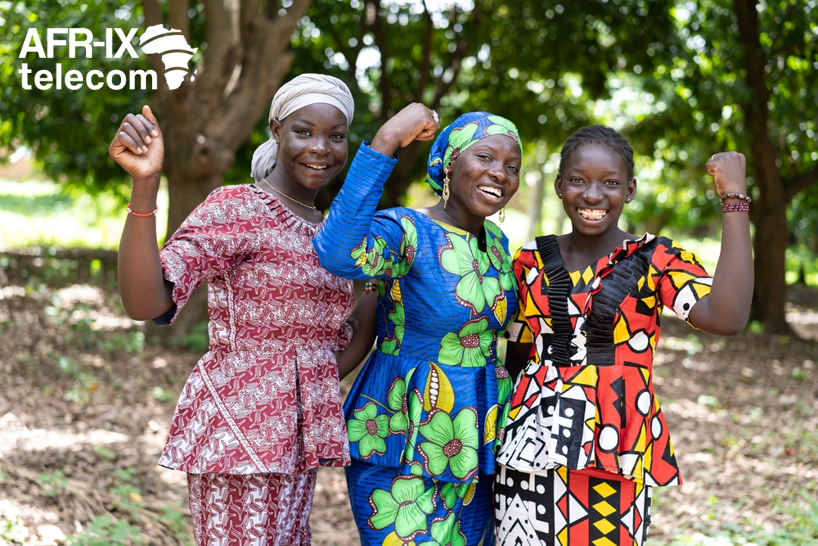Gender equality is a key objective across all industries. Some sectors are performing better than others in this area. The telecoms industry, particularly in Africa, is one sector in which there is still quite a lot of work to be done to achieve complete gender parity. Let’s see what the latest figures say about gender equality in telecoms in Africa.
Telecoms industry – Playing Catch – up in Gender Representation Equality
The global telecoms industry has tended to lag behind other sectors when it comes to gender equality. A survey carried out by the GSMA indicated that, female participation in the telecoms workforce is highly variable from one company to another. Some businesses had workforces of which only 10% were women, while others had more than 50%. In general, however, women accounted for less than 40% across the sector. The survey notes that there are significant regional differences. For example, the Americas scored quite highly in terms of gender representation, while Africa’s performance was particularly poor.
Look at the gender gap to date (2020) in sub – Saharan Africa
A BSR brief on women in African telecoms referred back to the same GSMA report, which showed that female representation in the sector on the continent fell short of the global average. In African telecoms, only 35% of entry-level and mid-level employees are women. The numbers are even more worrying when you go further up the ranks. It appears that less than one in ten senior leaders is a woman. Many of the women interviewed said that they did not see any opportunities for advancement beyond their current positions. On average, women also earn less than men do in positions in the telecoms industry. The most recent figures cited in the 2020 brief showed that male employees tended to earn about 1.3 times more than the women working with them.
Gender representation equality is higher on boards than in management teams
Even in companies that show higher proportions of gender equality, there is a tendency for the bulk of female participants to be involved in non-executive and even non-operational roles. While many corporate boards have achieved a relatively high level of gender parity, this is not reflected in the management teams that ultimately make and implement high-level decisions.
Gender representation gap in technical and commercial roles
The gender divisions in the industry tend to place more men in technical roles, while assigning the majority of the women in the workforce to sales, human resources, marketing, communications, and other non-technical, supporting departments. There is some evidence that this is due to there being more men with the requisite technical qualifications than there are women. This itself is a problem, of course. However, there are also cases in which women who do have the requisite skills are still placed in “traditionally female” roles. While the report does not specify which companies or countries are the biggest culprits in this regard, it is concerning that these kinds of employment practices happen at all.
The benefits of having a gender-diverse workforce and inclusion of females
Some employers may wonder why gender equality matters. Surely what is important is that the most qualified people are placed in the appropriate roles? Well, actually, gender parity can provide many benefits that actively aid company growth. Consider the following:
- Broader perspectives, leading to new ideas and more innovation
- Improved collaboration
- More comprehensive talent pool
- Increased staff retention
- Enhanced productivity
- Flexibility
- Reliable workforce
- Happier employees
- Better customer targeting
- Improved quality of life
As a key participant in the sector, AFR-IX telecom is committed to policies that actively promote gender equality. Contact us for more information on our network and diversity and inclusion policies.





